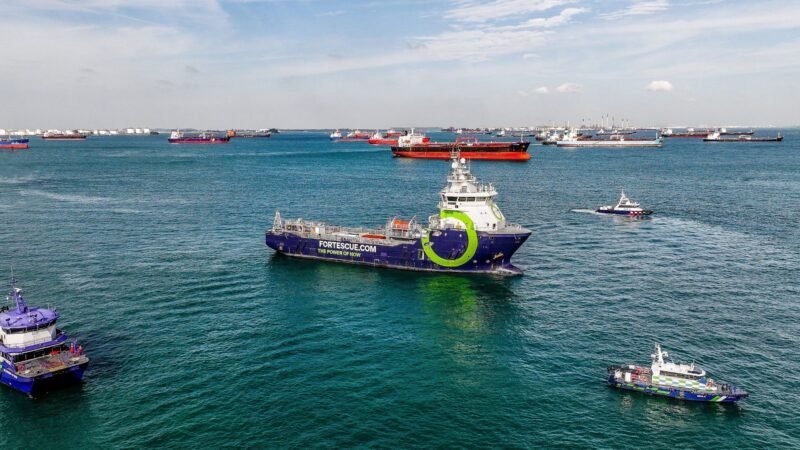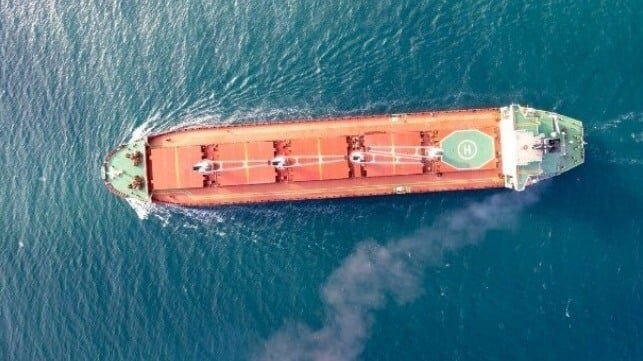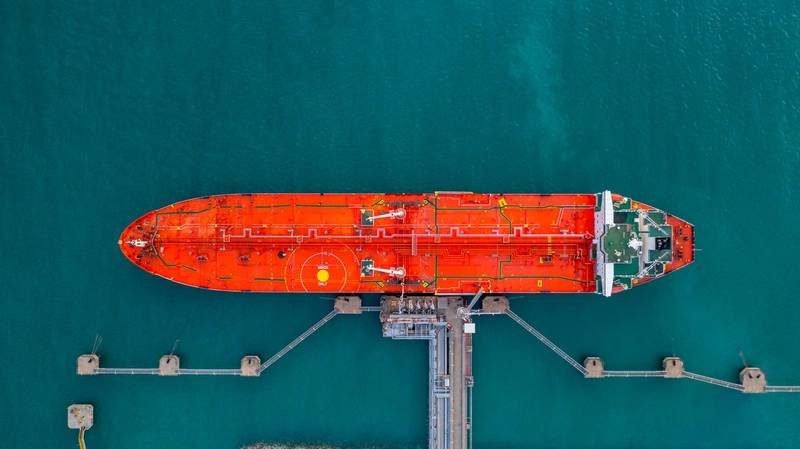Shippers in Western Australia recently completed the first transfer of ammonia from one ship to another, marking a significant step in the adoption of ammonia as a marine fuel for cleaner energy. The first ammonia-powered cargo ships are expected to commence service in 2026 as part of efforts to reduce the shipping industry’s carbon footprint, which currently contributes nearly 3% of global emissions. Despite its carbon-free properties, ammonia faces challenges in terms of cost and safety compared to other alternative fuels like LNG, methanol, and biofuel.
Ammonia’s appeal lies in its potential as a zero-emissions fuel when produced from hydrogen derived from renewable electricity. However, concerns about safety remain a major obstacle, particularly given ammonia’s typical use in fertilizers and explosives. The lack of regulations, experience in usage, and the toxicity of ammonia onboard ships are highlighted as significant safety risks according to industry experts.
To mitigate these safety concerns surrounding ammonia bunkering and refueling, measures such as emergency release clutches are being considered to address potential leaks. The development of detailed emergency plans for ammonia spills is crucial due to the volatility and evaporation properties of ammonia compared to oil spills. Companies like Nippon Yusen Kaisha and Mitsui OSK Lines are actively working on equipment and guidelines to improve the safe handling of ammonia-based fuels. Furthermore, Singapore, a leading ship fueling hub, is making strides in studying ammonia’s suitability for power generation and developing standards for ammonia bunkering to establish safer practices in the industry.














